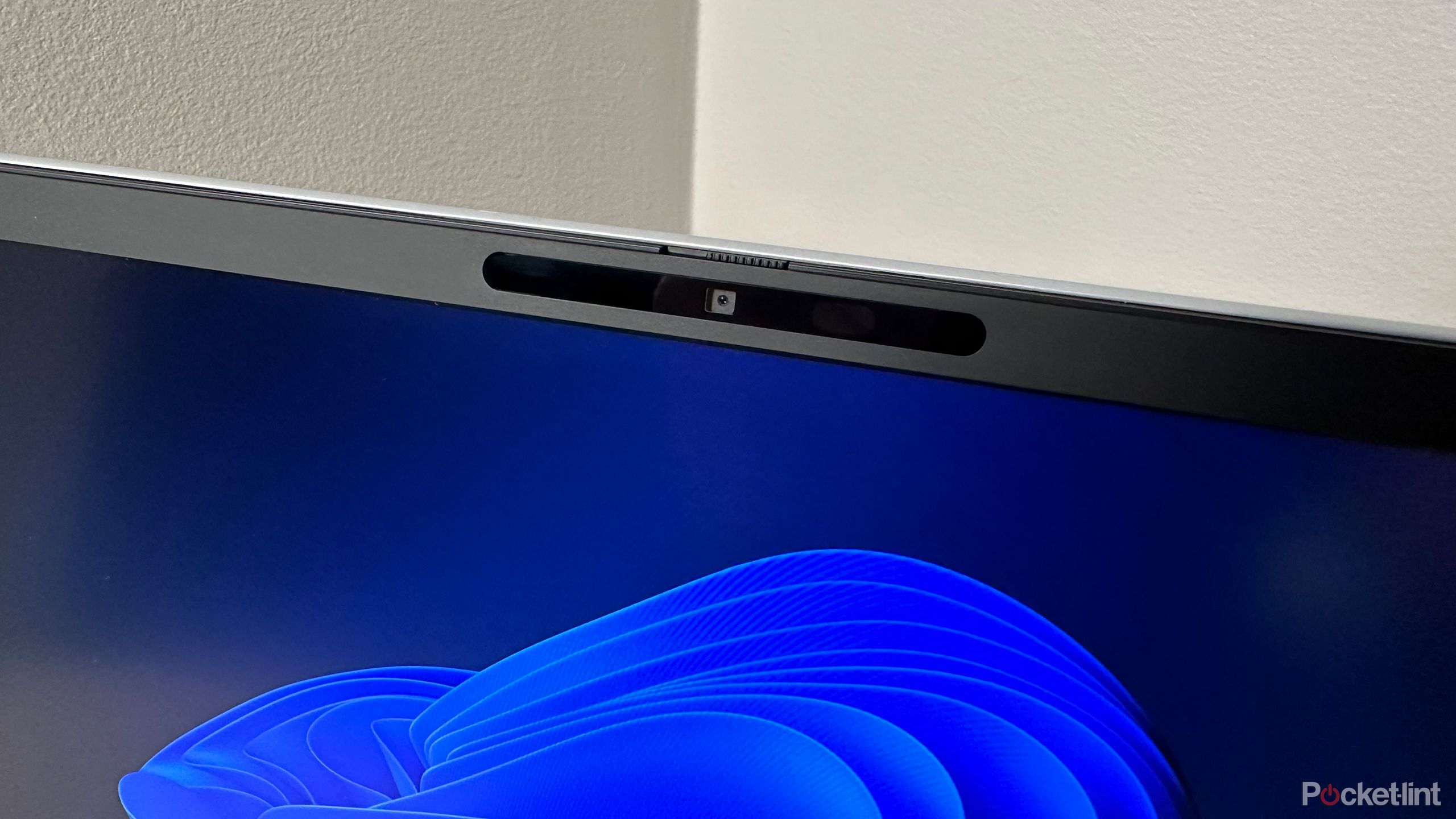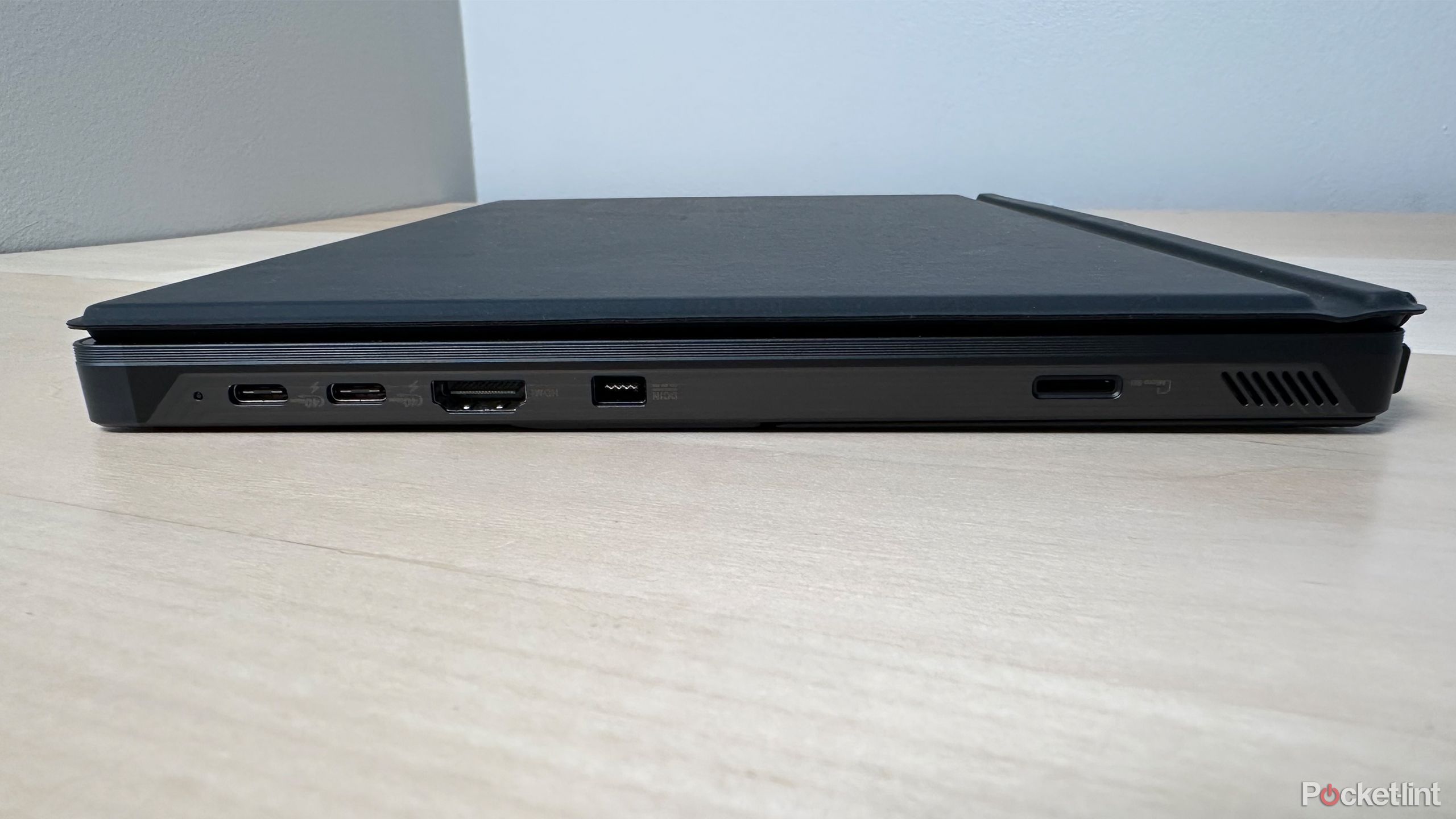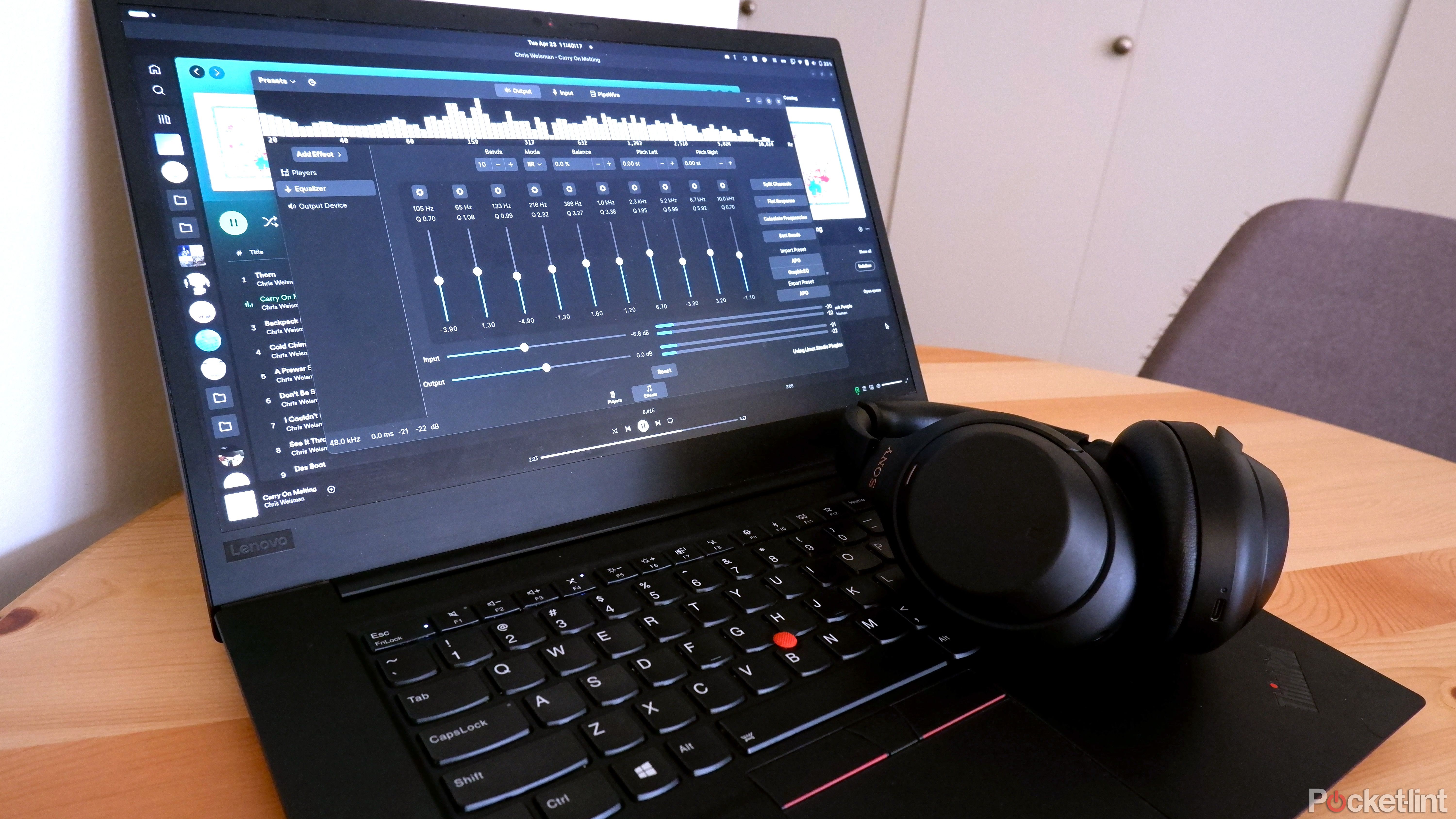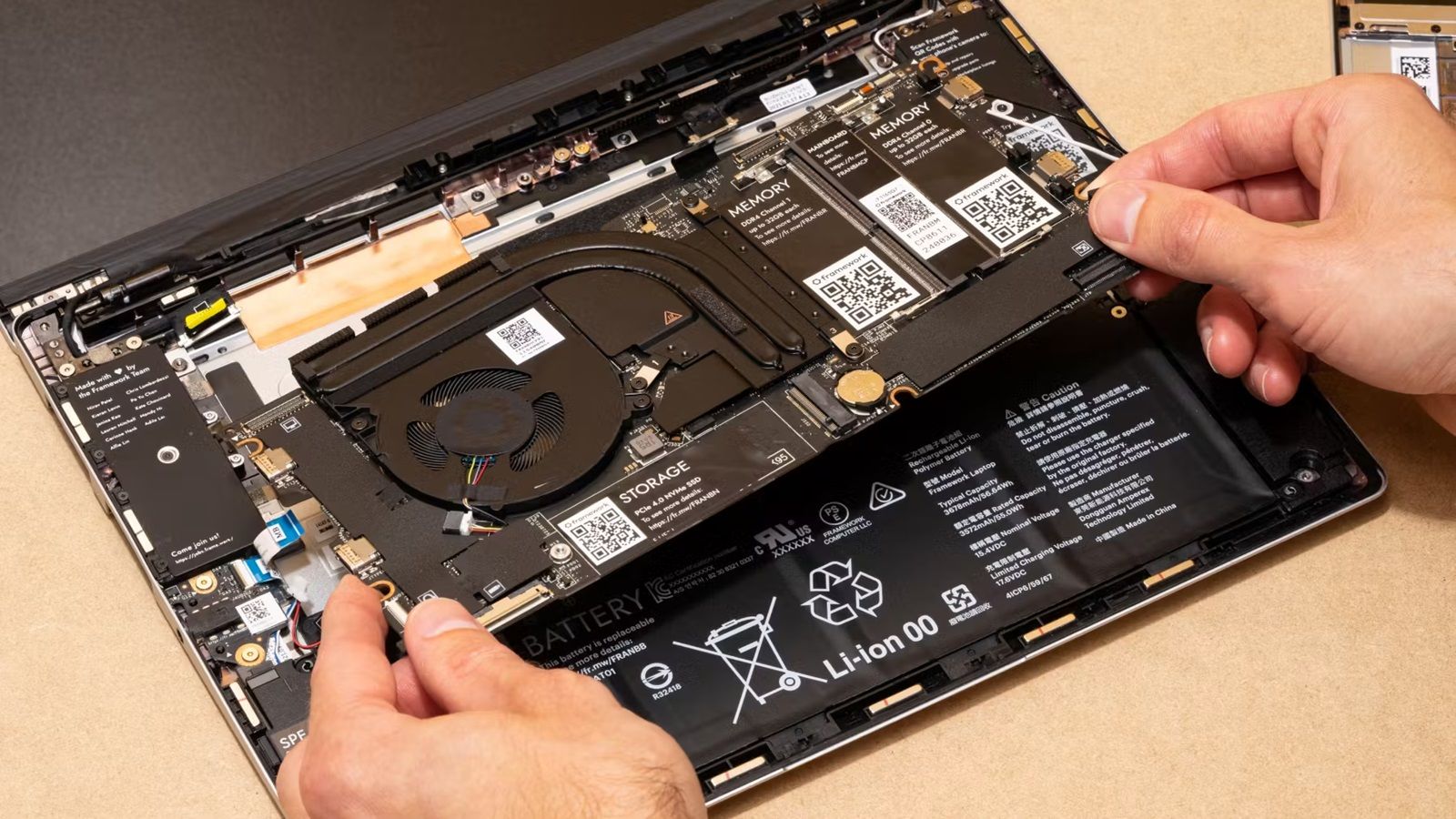[ad_1]
Summary
- Low-res webcams limit professionalism and social interactions.
- Limited ports on new laptops result in additional costs for connecting devices.
- Cheap displays and unrepairable components reduce overall laptop quality.
I’ve tested countless laptops over the last few years and encountered the same issues with many brands. This is probably because the gap between low-to-mid-range laptops and high-end beasts has increased as brands push people to buy more powerful and expensive models. There’s a noticeable quality dip in lower-end models, which is avoidable and detrimental to the overall user experience.
I understand that content creators, demanding business people, and gamers will always want the most power and the best displays, and many models are available for them. However, most everyday users and students want a good laptop at a great price to fulfill multiple uses. They need a decent Windows laptop to handle browsing, emails, and other productivity tasks while offering decent visuals for watching content. With this in mind, I wish laptop brands would fix these irritating issues.
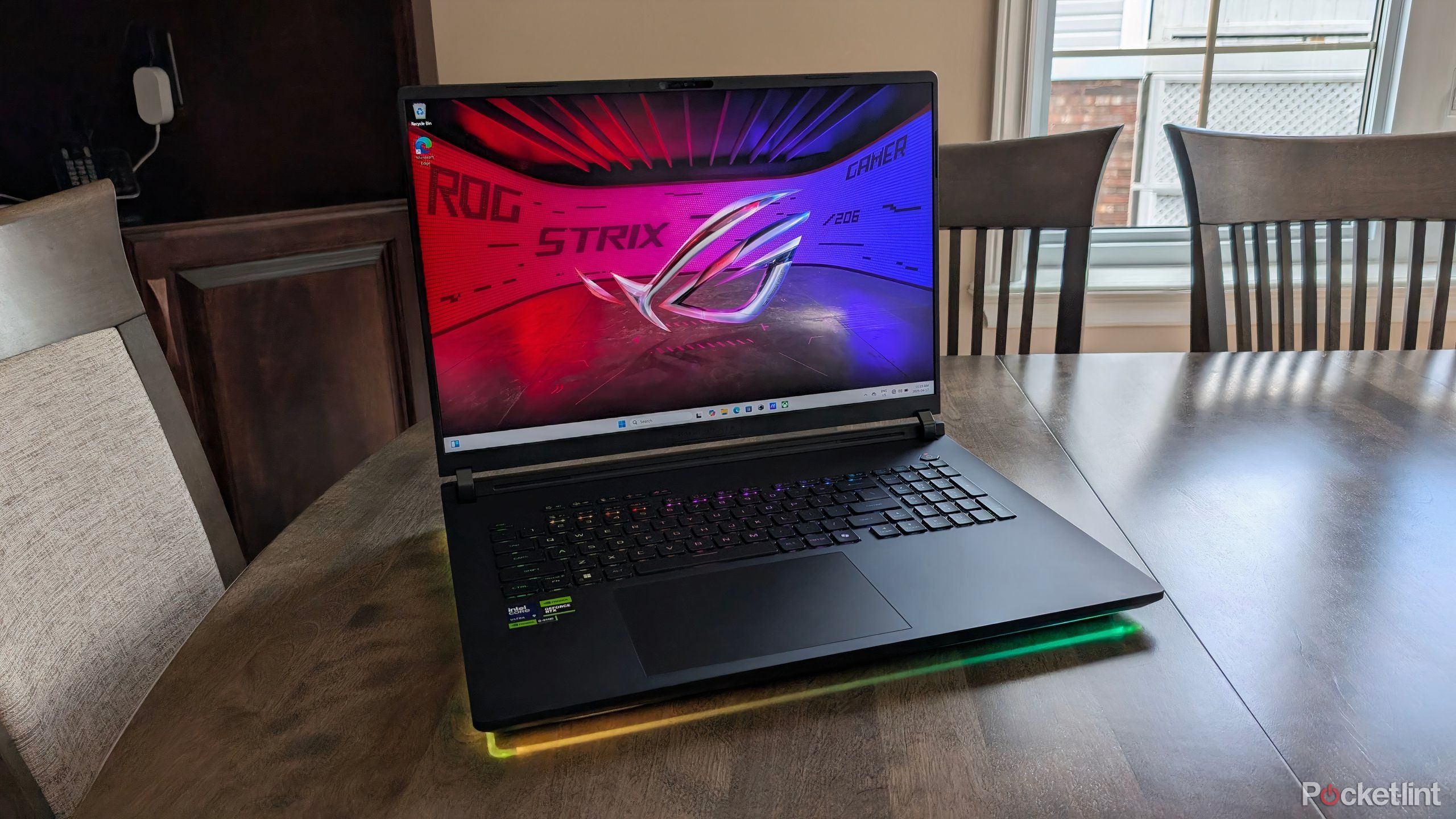
Related
I used a gaming laptop for the first time (and I was blown away)
I switched to the Asus ROG Strix SCAR 18 gaming laptop for a week – here are my observations as a non-PC gamer.
1
Low-resolution webcams
It’s not 2010 anymore
We live in the era of online meetings and virtual chats, and it’s unacceptable that laptops still have low-resolution 720p webcams. These out-of-date webcams make users seem unprofessional in meetings and aren’t flattering to people wanting to chat with friends and family. We all know laptops are getting thinner, and there’s less space for sensors and other webcam parts on the lid. But, it’s not an excuse because great webcams’ presence on many higher-end models.
It seems like brands have little incentive to improve these webcams because most buyers are focused on power and storage space, and give little thought to them when making a buying decision. All brands should set a minimum standard of at least 1080p to make webcams practical and usable. After buying a pricey laptop, nobody wants to spend extra on an external webcam that will use one of the limited USB ports.
Now, you’re forced to buy more unwanted hardware to match the functionality of our ten-year-old laptops, which got the job done.
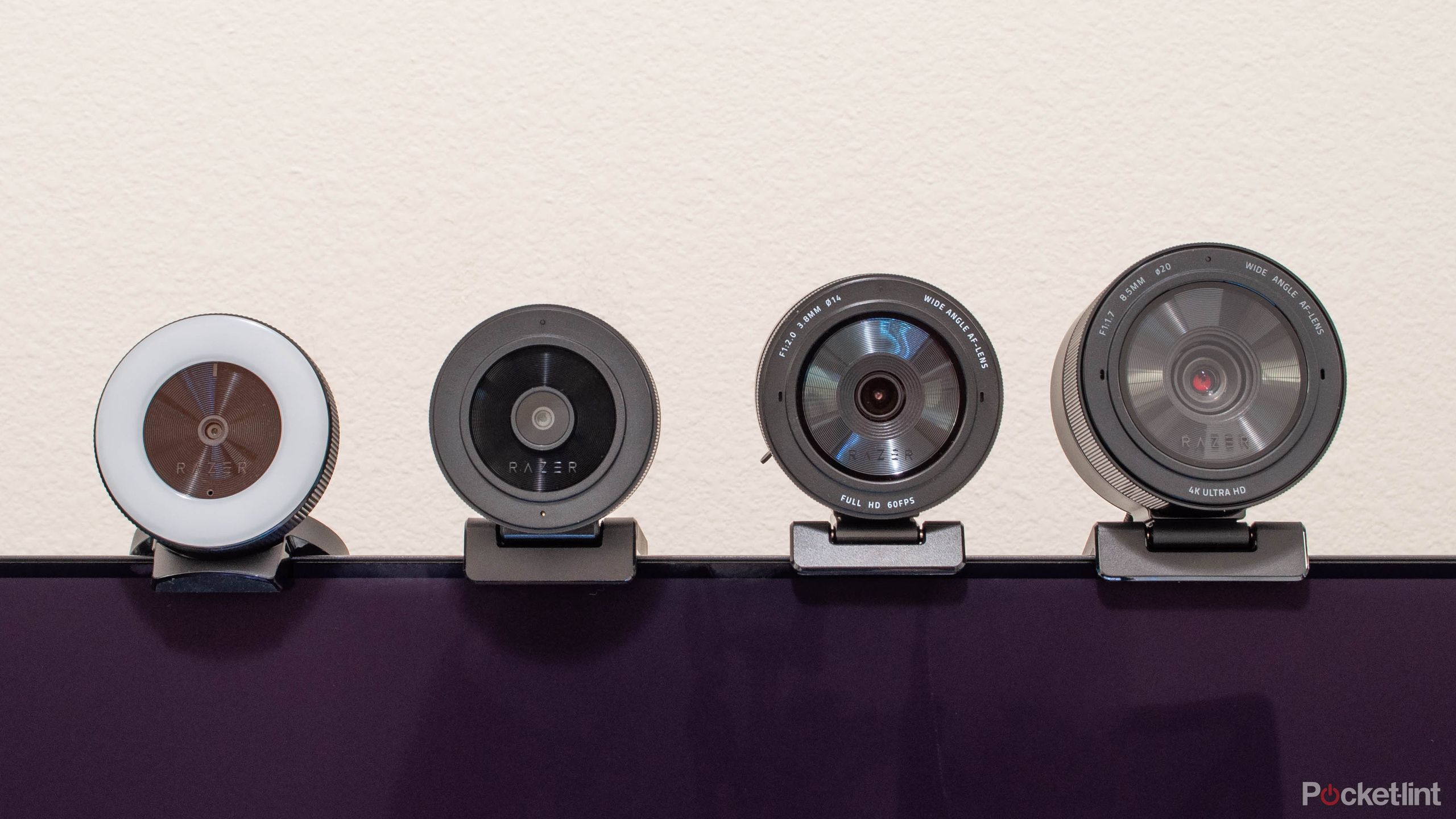
Related
I tested the full lineup of Razer Kiyo webcams, and this is the one that impressed me the most
I spent time testing every webcam in the Razer Kiyo lineup to find out which one was the best, and what each one brings to the table.
2
Limited ports
More power, less connectivity
Older laptops included multiple USB ports, HDMI, and
Ethernet
, which were sufficient for your needs, so you didn’t need to buy a hub to connect your devices. New models have become lighter and slimmer and now offer limited connection options. Now, you’re forced to buy more unwanted hardware to match the functionality of our ten-year-old laptops, which got the job done.
I have a fairly chunky 17-inch gaming laptop, but it only has a pair of USB-A and USB-C ports, which are barely enough. My mouse and headset dongle use the two USB-A ports, while a second monitor and a hub connect my other devices to the USB-C ports. Since motherboard technology has also improved over the last few years, it shouldn’t be a big deal for brands to add another one or two ports, which would make things far more convenient and cheaper for buyers.
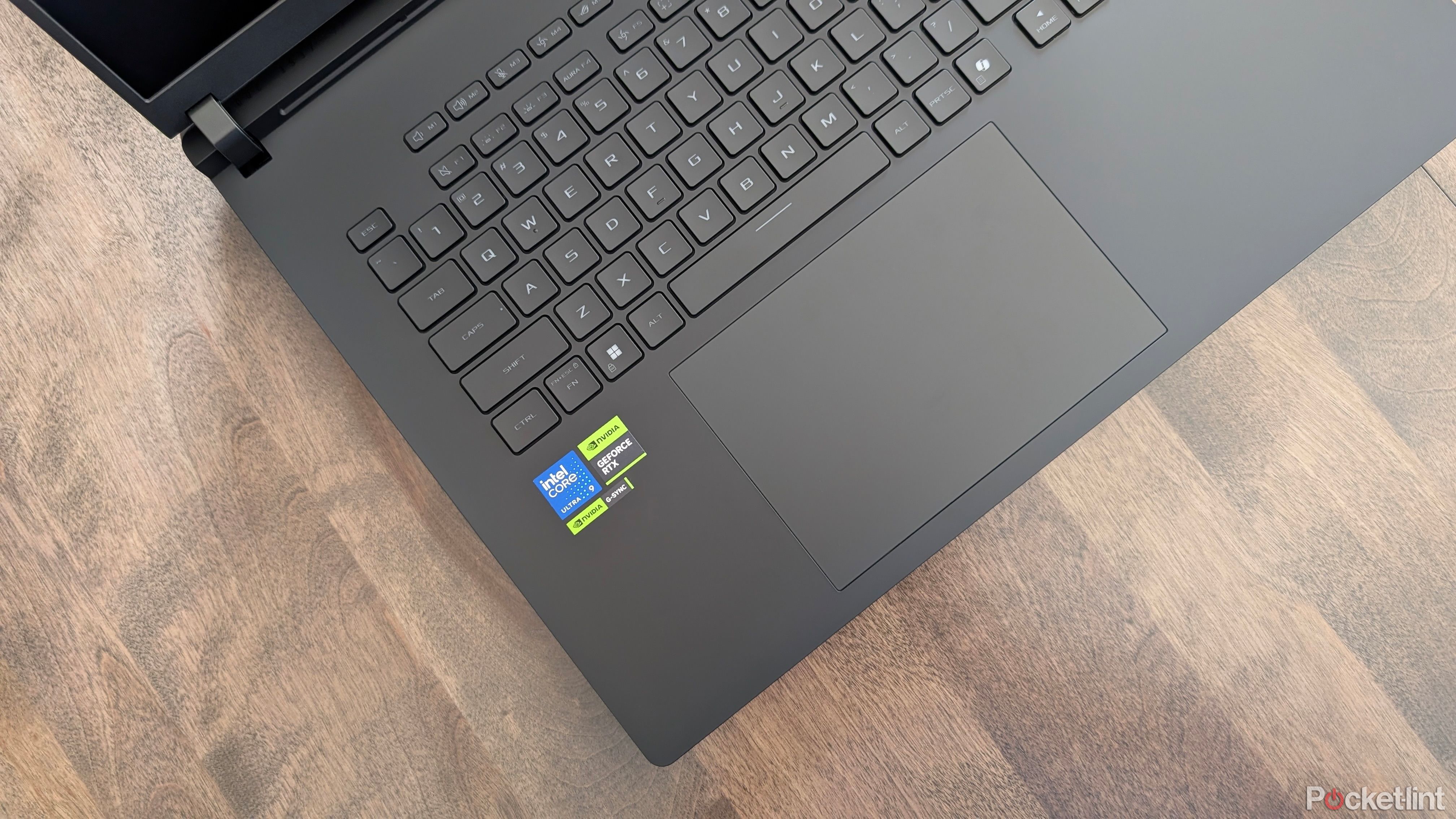
Related
I regret buying a gaming laptop instead of a desktop for these 6 reasons
A gaming desktop PC could also be a better option for you.
3
Poor displays
Cost-cutting quality
Many low and mid-range laptops often have dim displays with mediocre color accuracy. I understand that some models are geared towards basic office work, but most people use their laptops for various purposes and need decent visuals for watching content. These laptops use VA or TN panels because of their affordability, and the trade-off is that the overall image quality is lower than that of higher-end IPS alternatives.
Another problem is that brands optimize these displays for efficiency rather than performance. Less backlighting equals lower power consumption, and users end up paying the price of poor visuals and a dim display in exchange for a longer battery life. You can argue that it’s up to buyers to choose a laptop with a better display and at least 300 nits of brightness to get decent performance. The problem is that casual buyers aren’t aware of these specs and brightness measurements and expect their laptop to work.
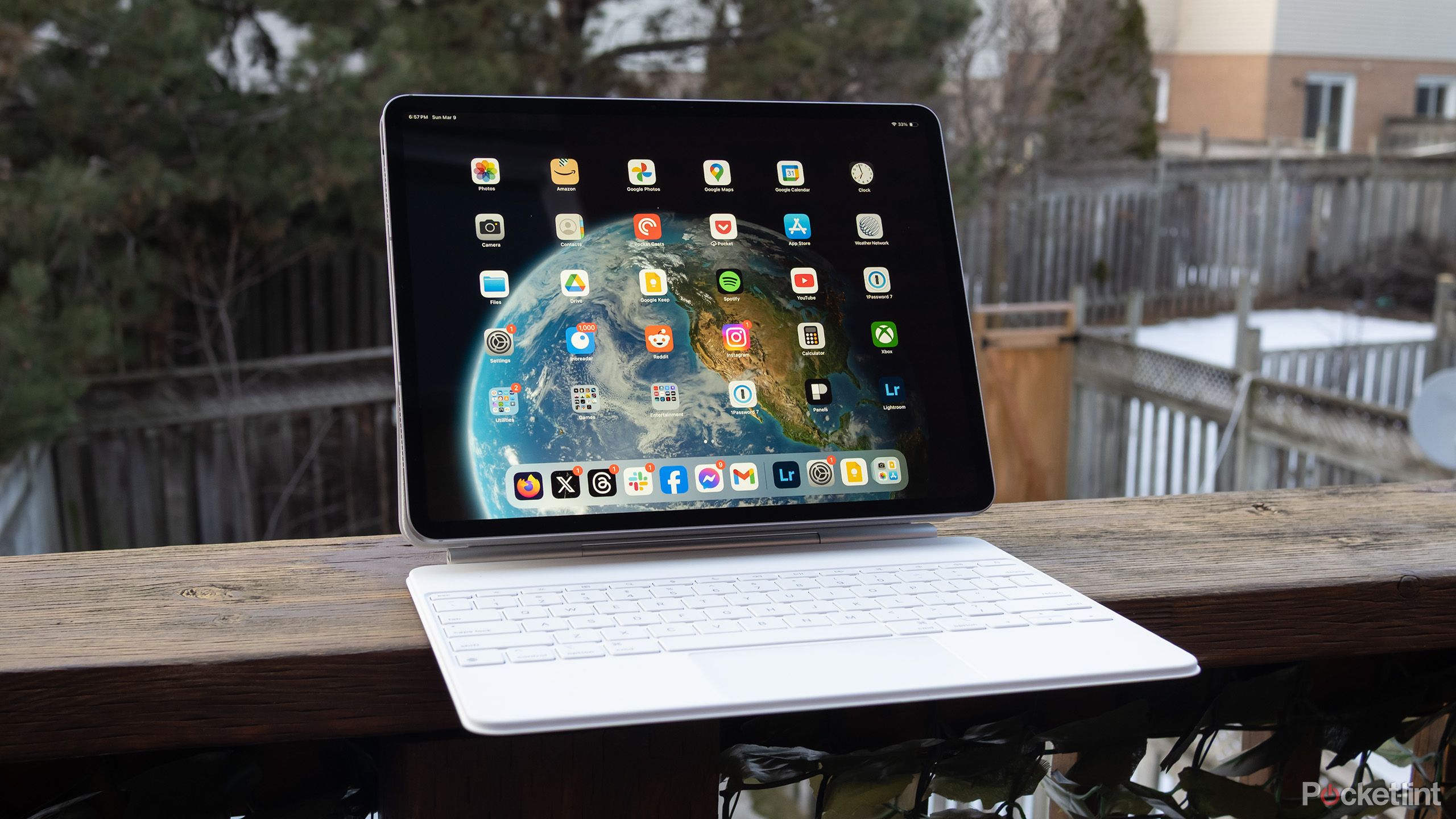
Related
Apple has ambitious plans for the iPad, MacBook Pro, and health features
Apple is developing its next-generation iPad and MacBook Pros, alongside significant updates to its health app.
4
Unrepairability
No right to repair
Framework
Not being repairable affects most new models, and it isn’t just confined to budget-friendly options. As laptops have become slimmer, more brands are soldering components like the RAM, CPU, and even SSDs onto the motherboard. It helps with the overall size and weight, but they can’t be replaced, so you’ll be forced to buy a new laptop if any of these components fail. Your laptop’s overall lifespan is reduced because you can no longer upgrade individual parts, like the memory, to improve performance when it gets old.
Your laptop’s overall lifespan is reduced because you can no longer upgrade individual parts, like the memory, to improve performance when it gets old.
A few years ago, we took it for granted that we could replace our laptop battery without disassembling it. This system was great for users who could carry a spare battery on business trips and other journeys to get more runtime out of their laptops. Yes, all batteries eventually die, but life was easier when we could find and install a replacement without taking our laptops to a repair center or being forced to upgrade to a newer model.
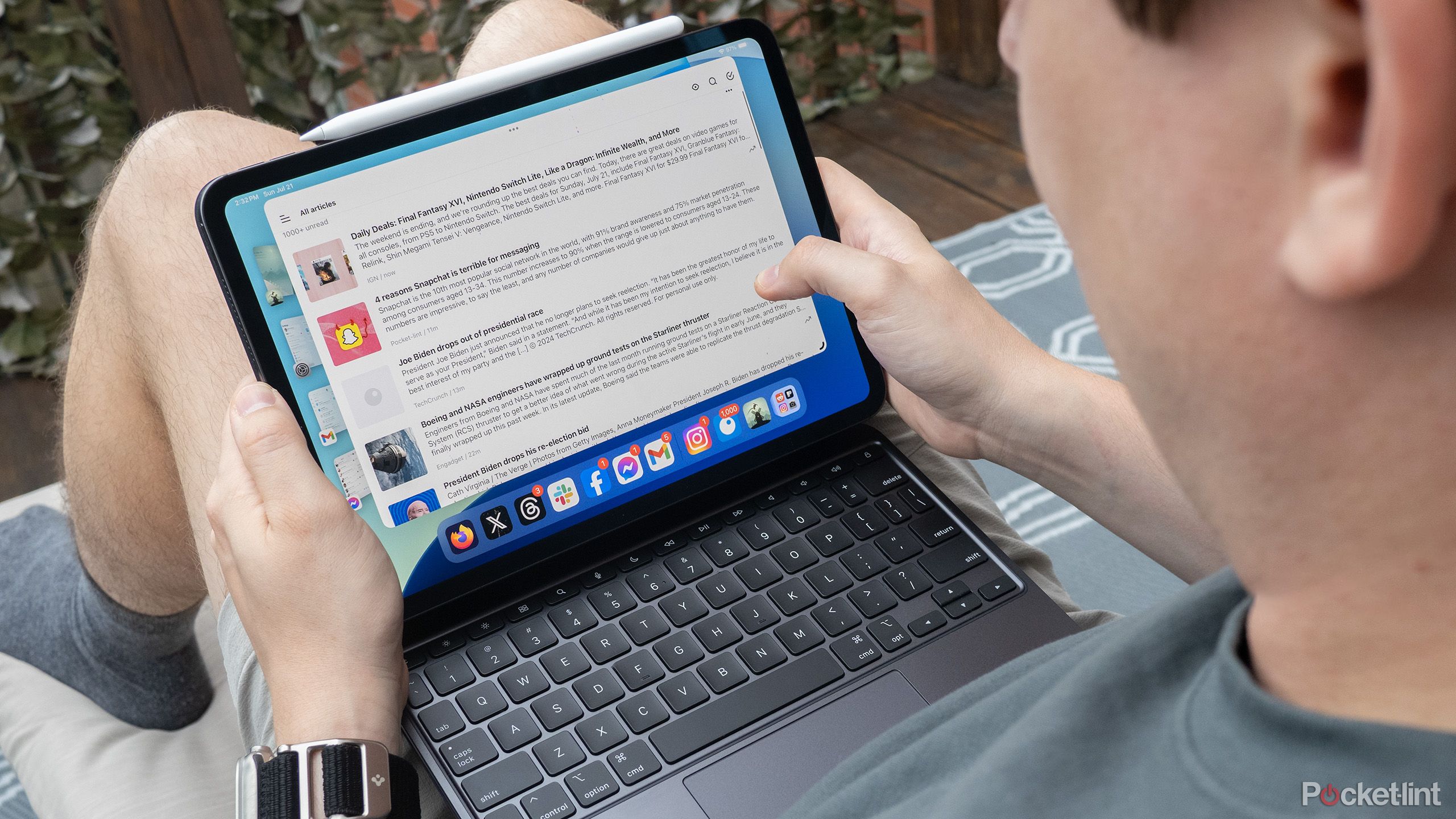
Related
Can an iPad finally replace a laptop in 2025?
Maybe, but be prepared to spend on some key services and accessories.
5
Flimsy build quality
Extreme cost-cutting
Laptop build quality is another casualty in the quest for slimmer and lighter models. Many new laptops don’t provide confidence in their durability because of their cheap and plasticky feel. This has prompted reviewers to add a flex test when talking about new laptops as an indicator of quality. They do this because the internals are more likely to get damaged if the screen often bends when opening and closing your laptop.
The same goes for laptop frames, which often suffer from “deck flex,” a term for feeling the keyboard dip or bend when you put pressure on it with your fingers. Laptops with these types of quality issues often include cheap keyboards, too. They feel mushy for typing and have printed legends that will eventually disappear if the laptop lasts that long. Brands could get the basics right with their lower-tier models and use these quality issues to push buyers to spend money on more expensive alternatives instead.
[ad_2]
Source link






